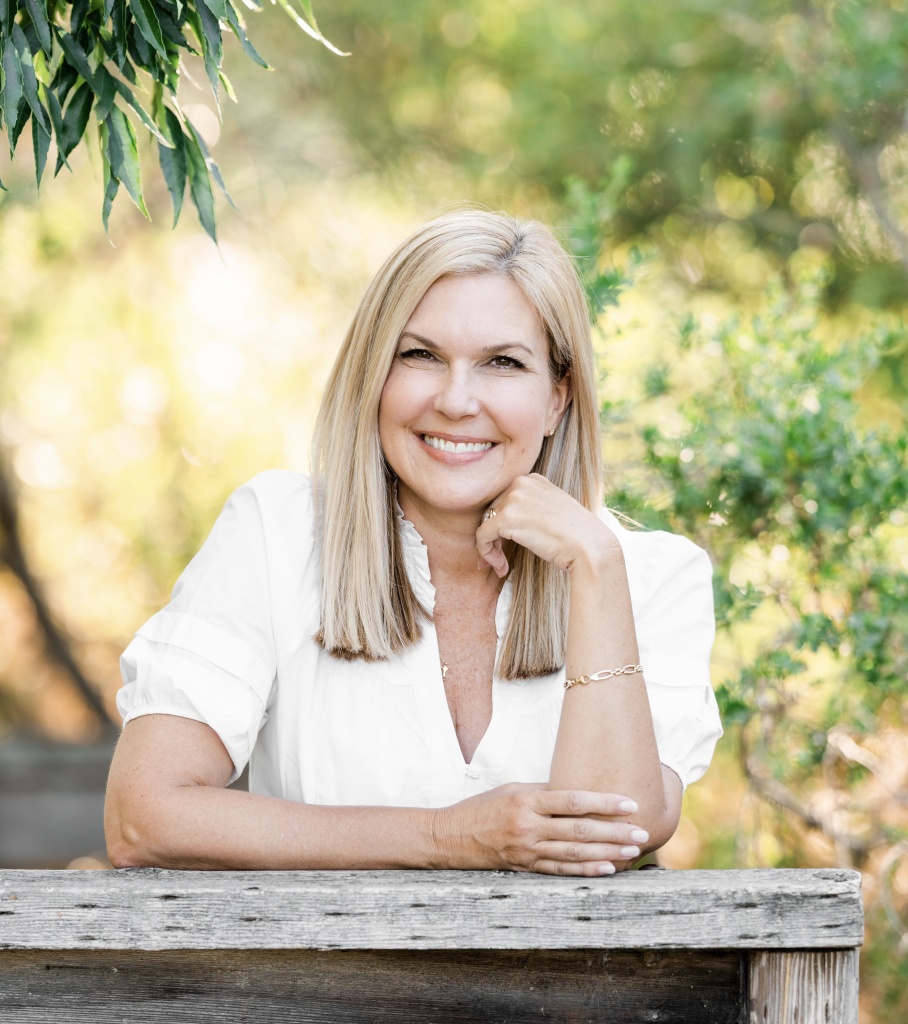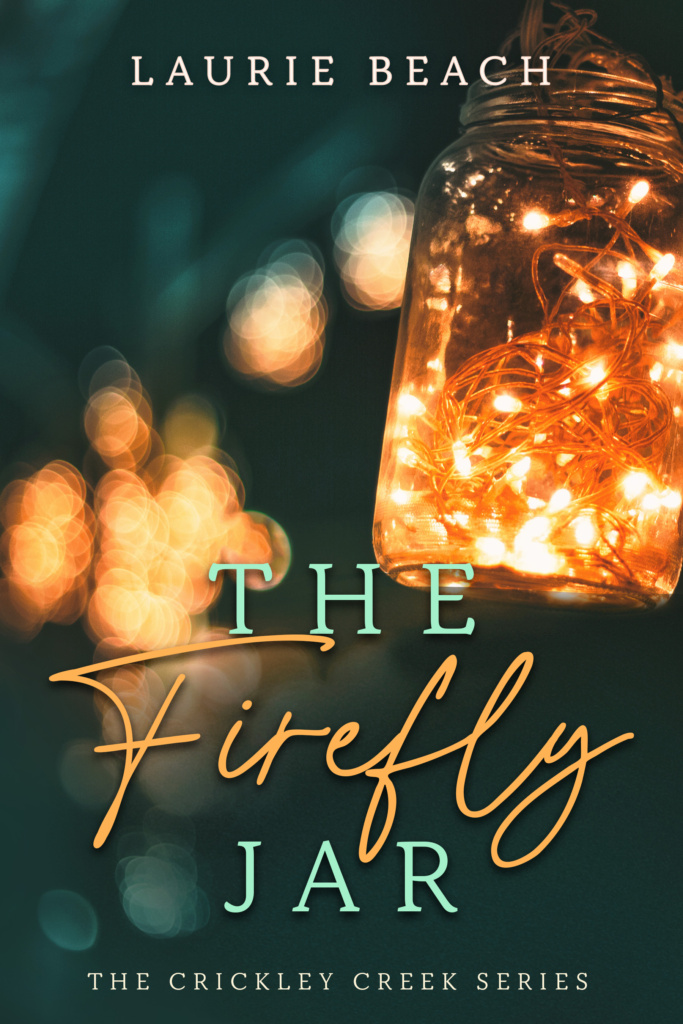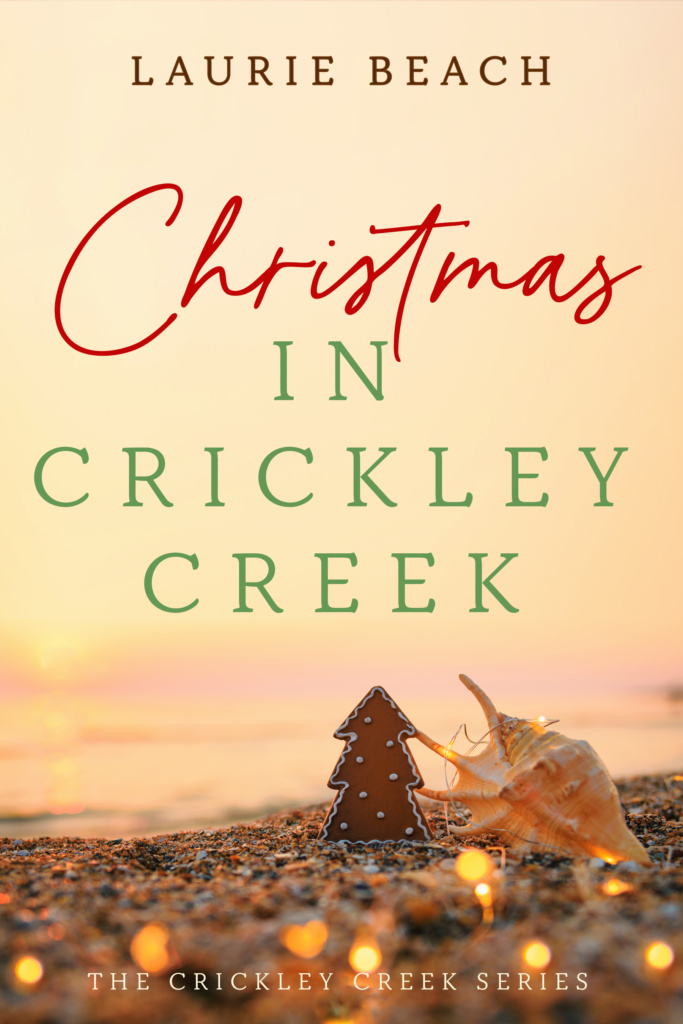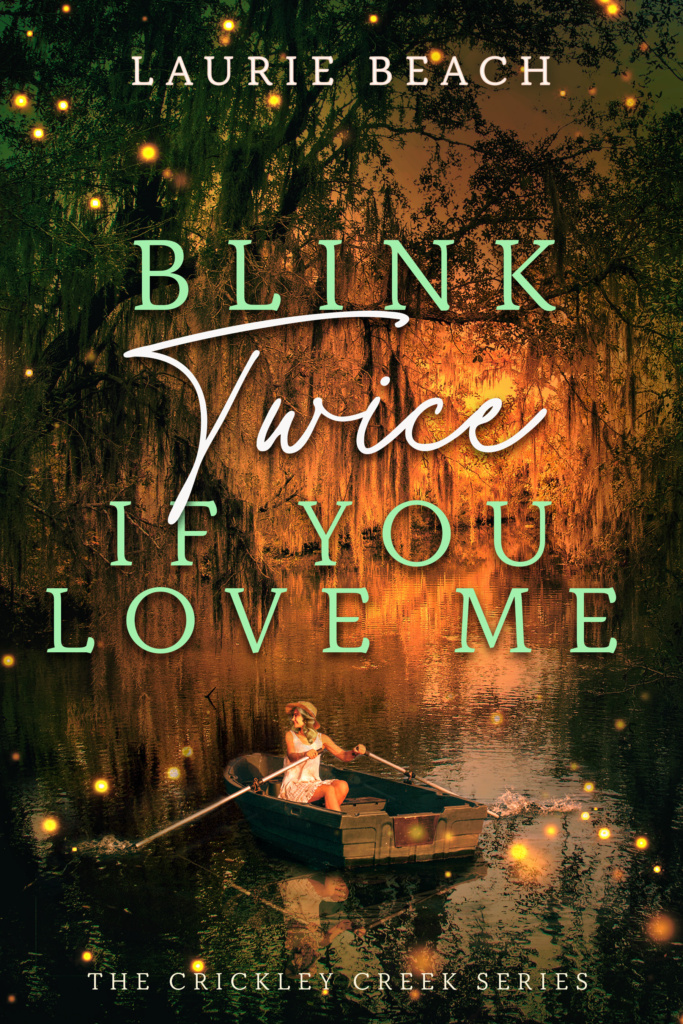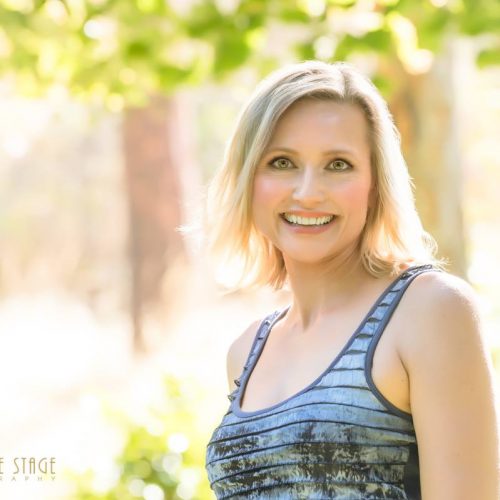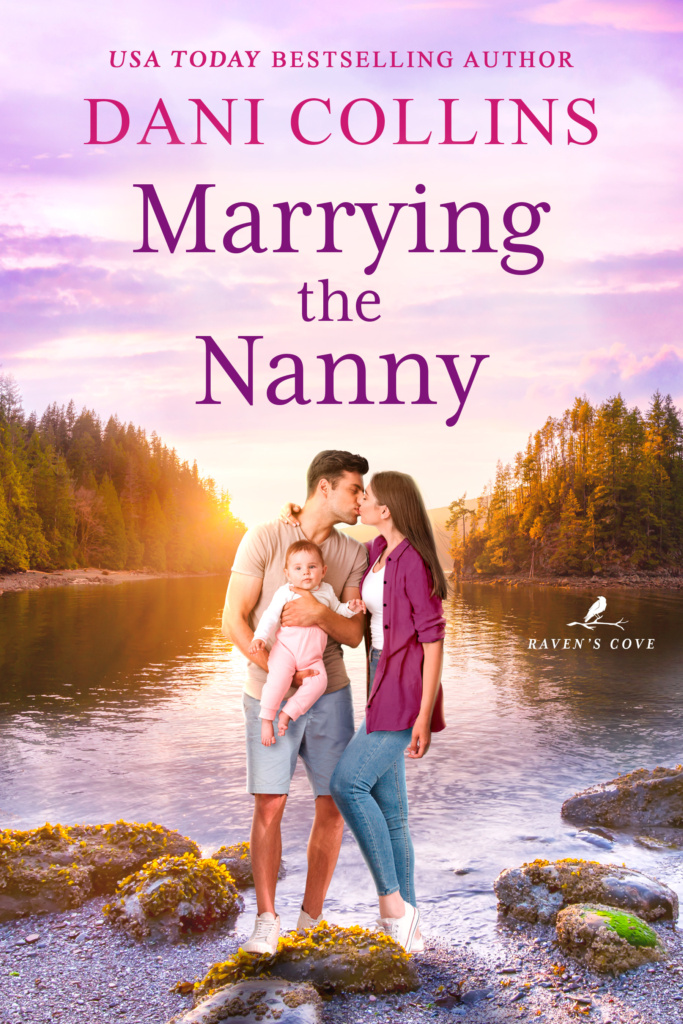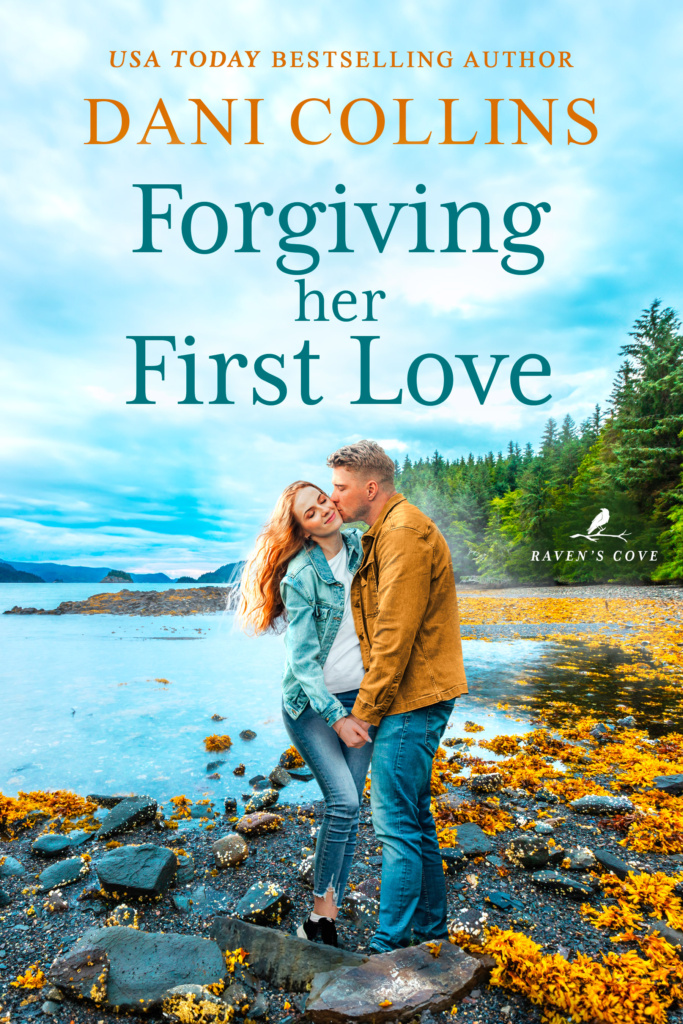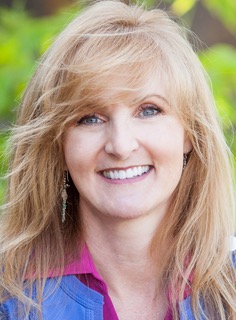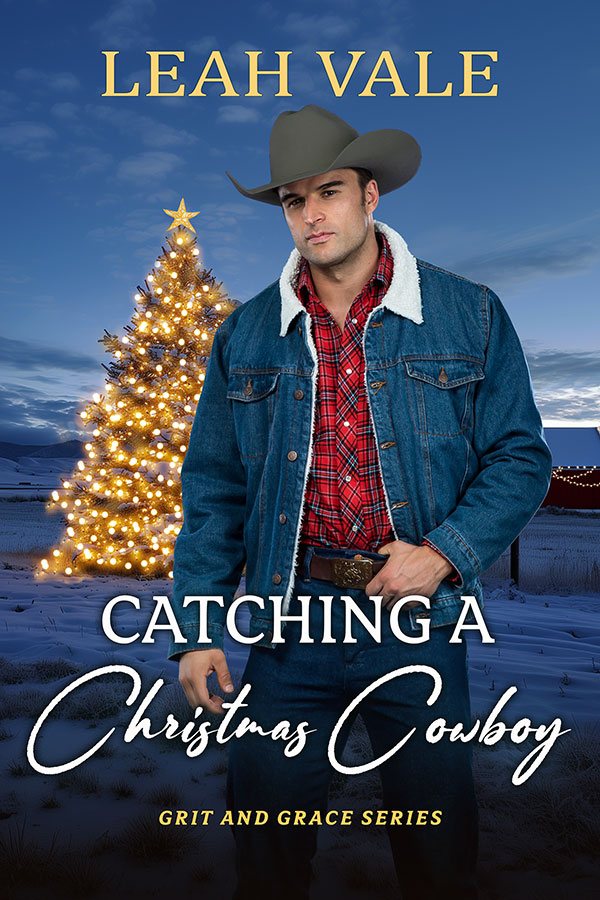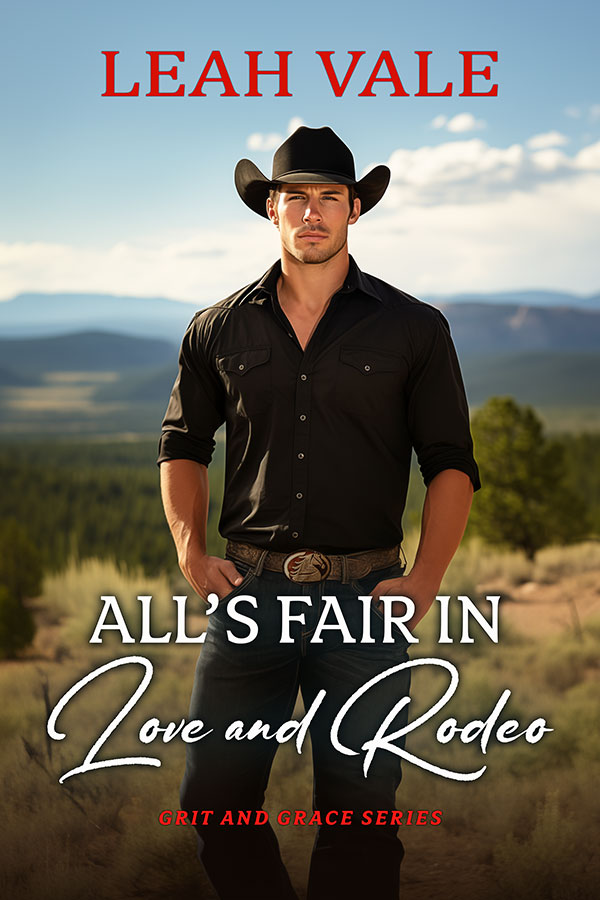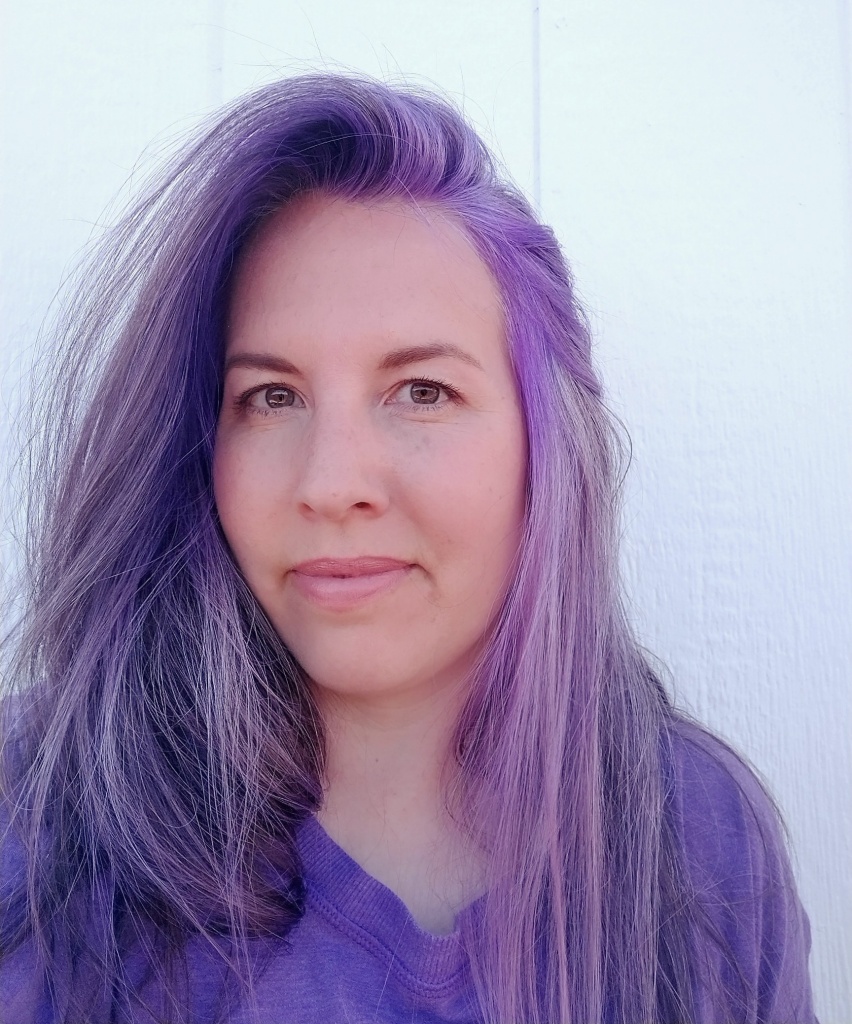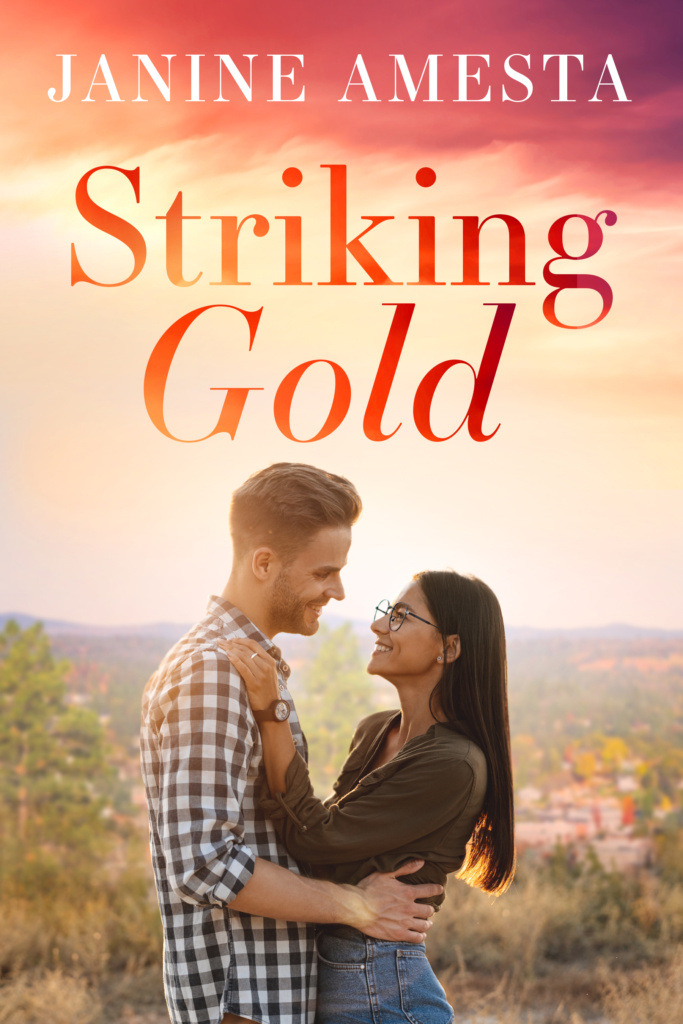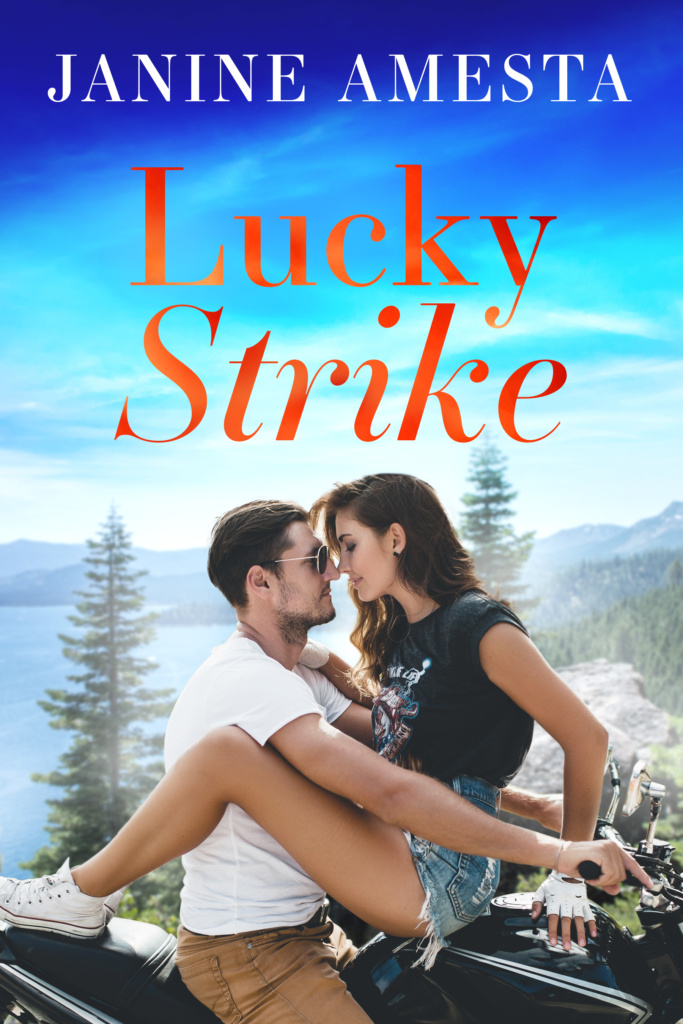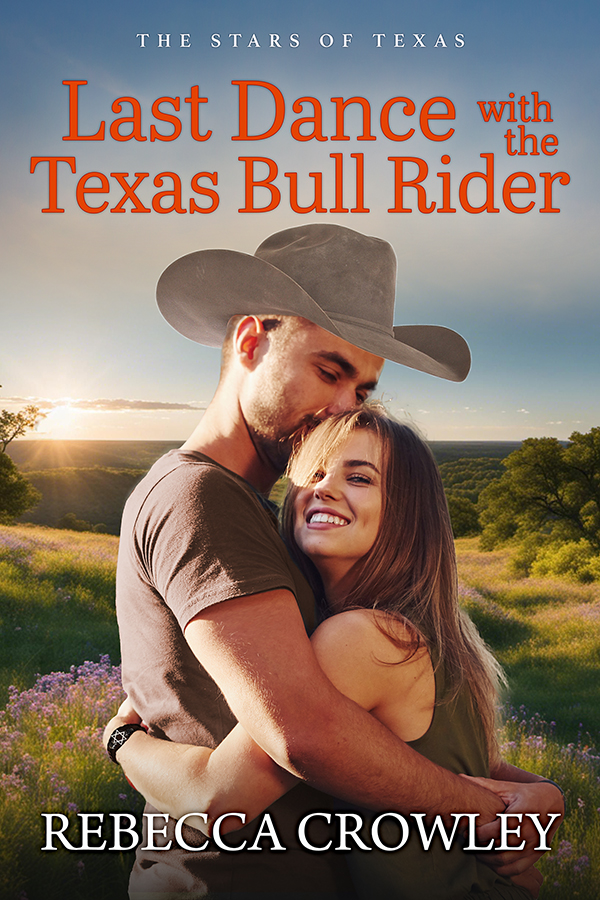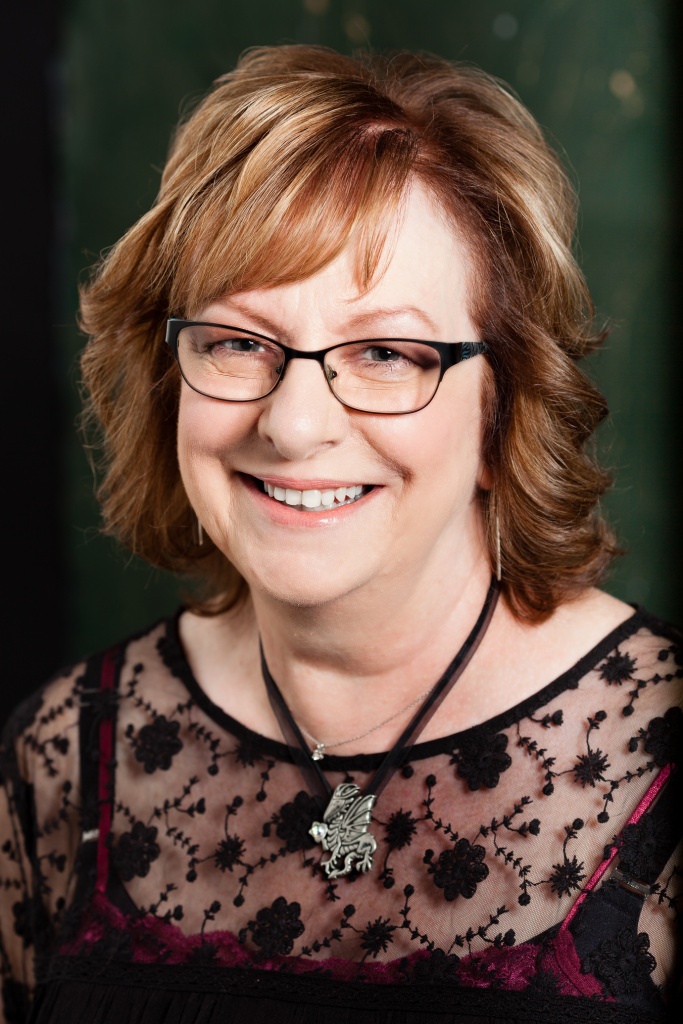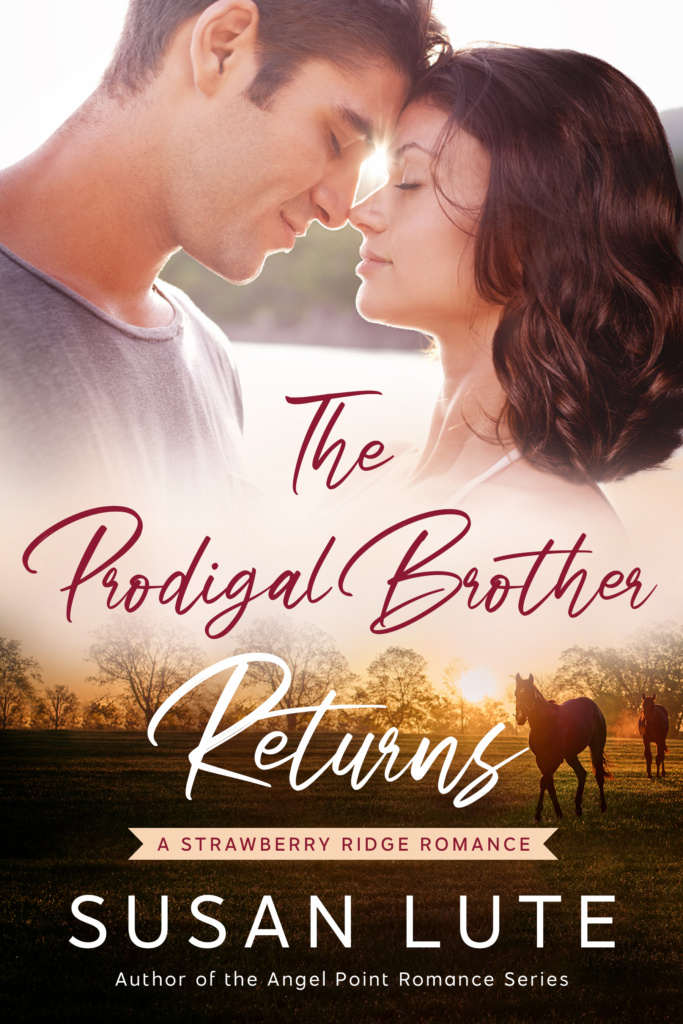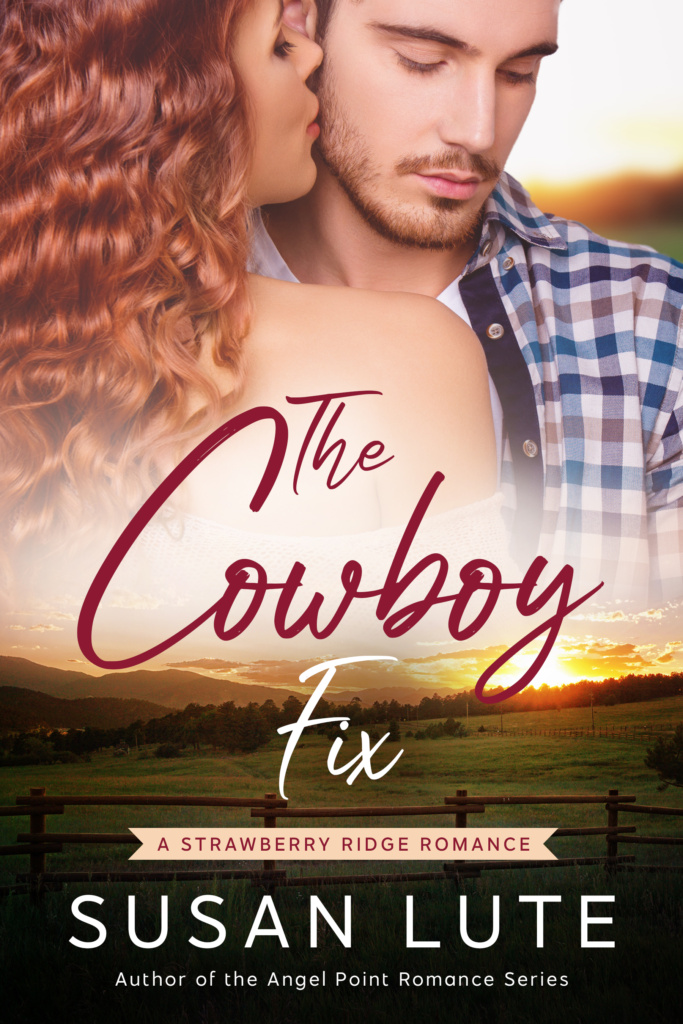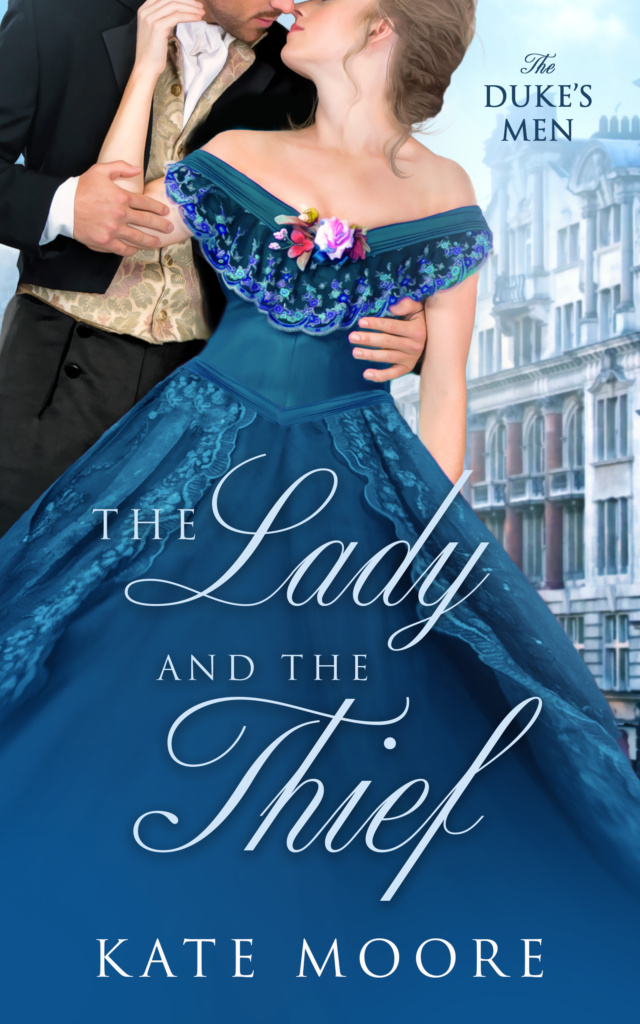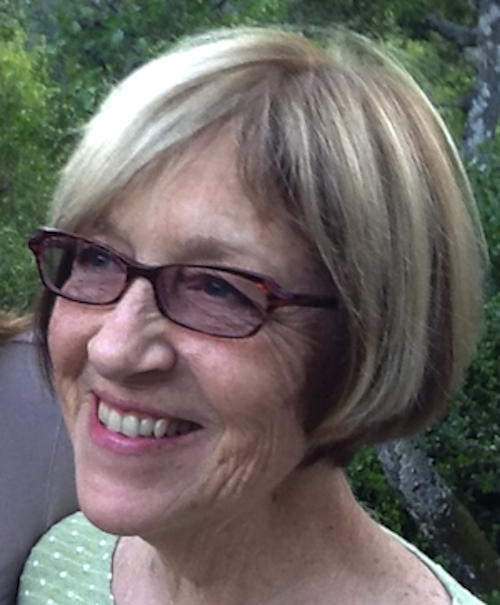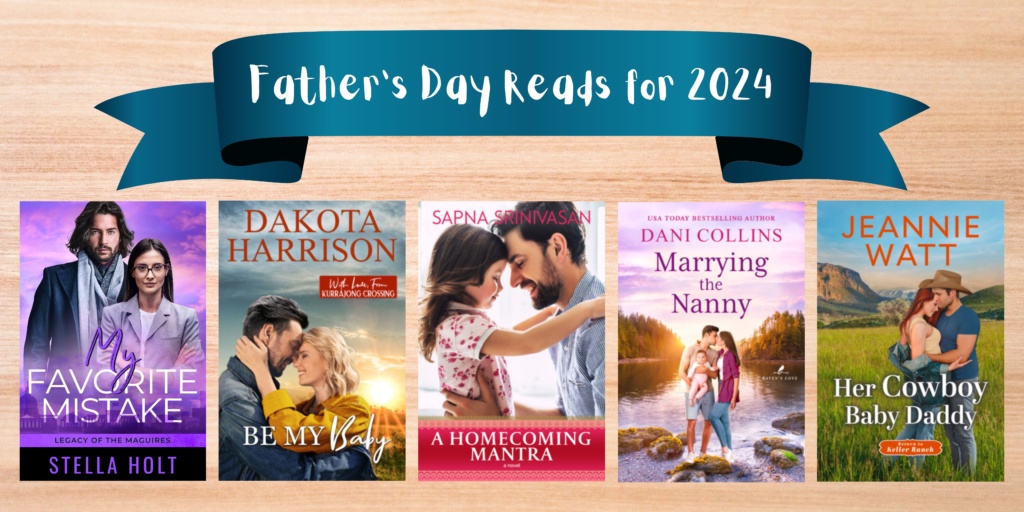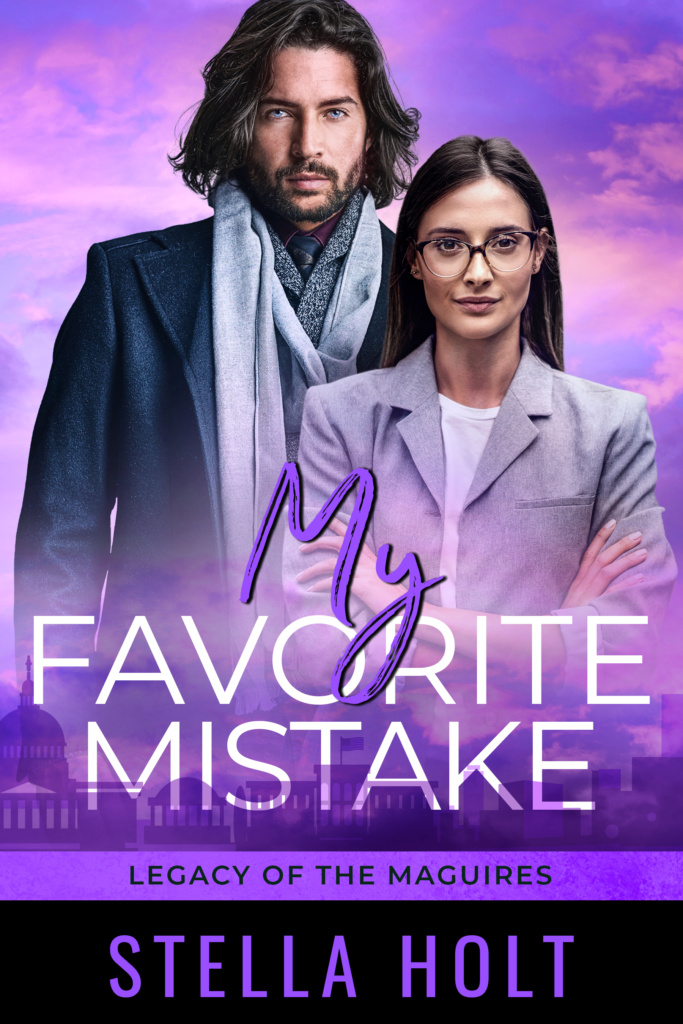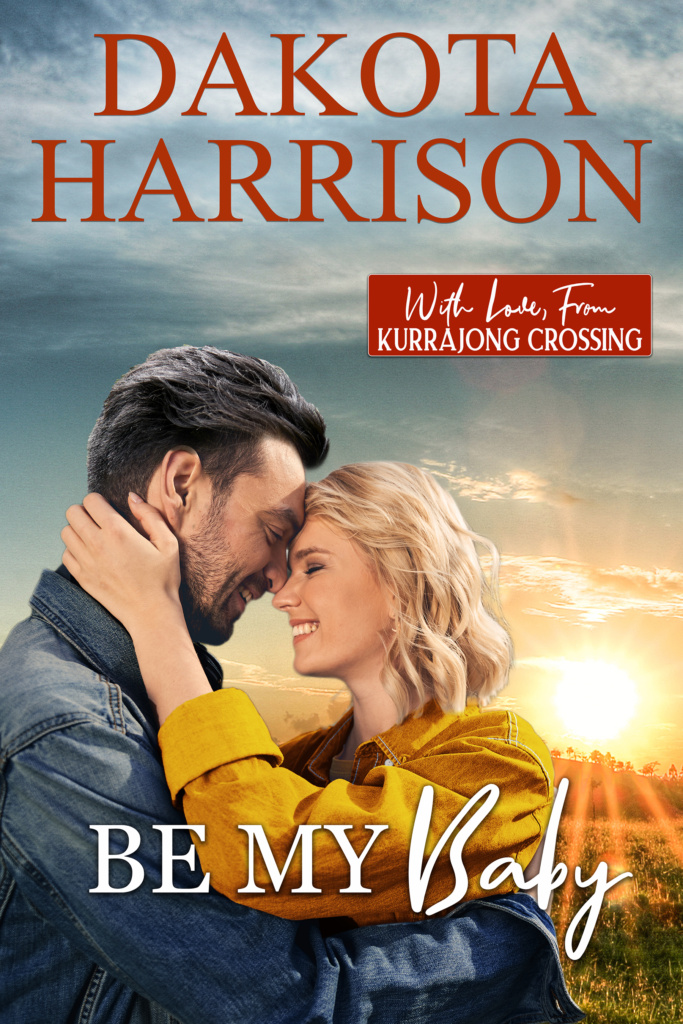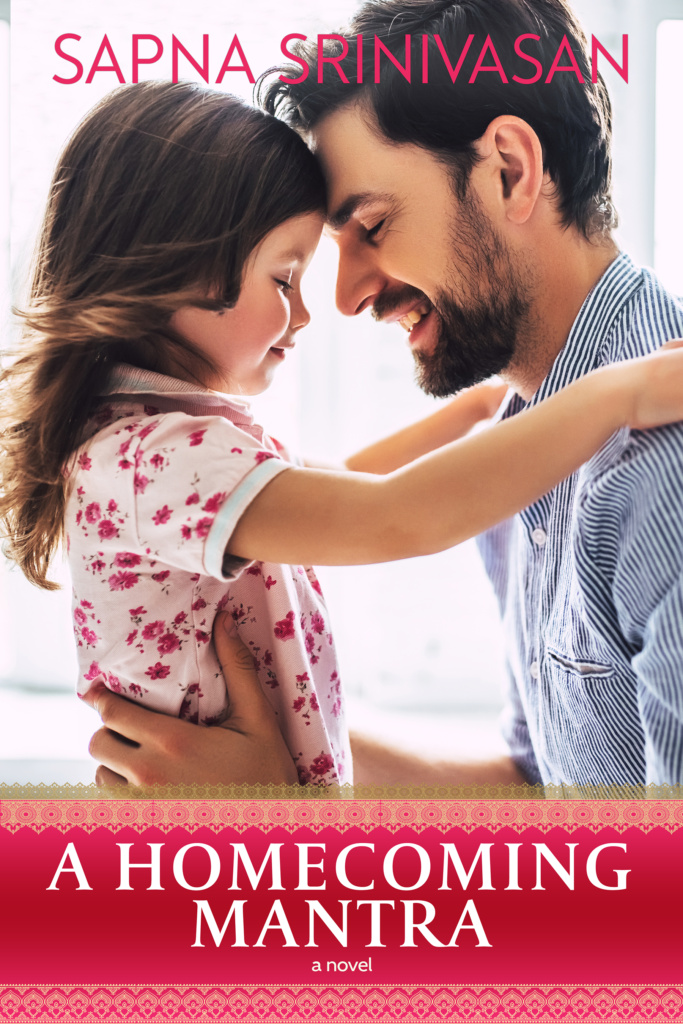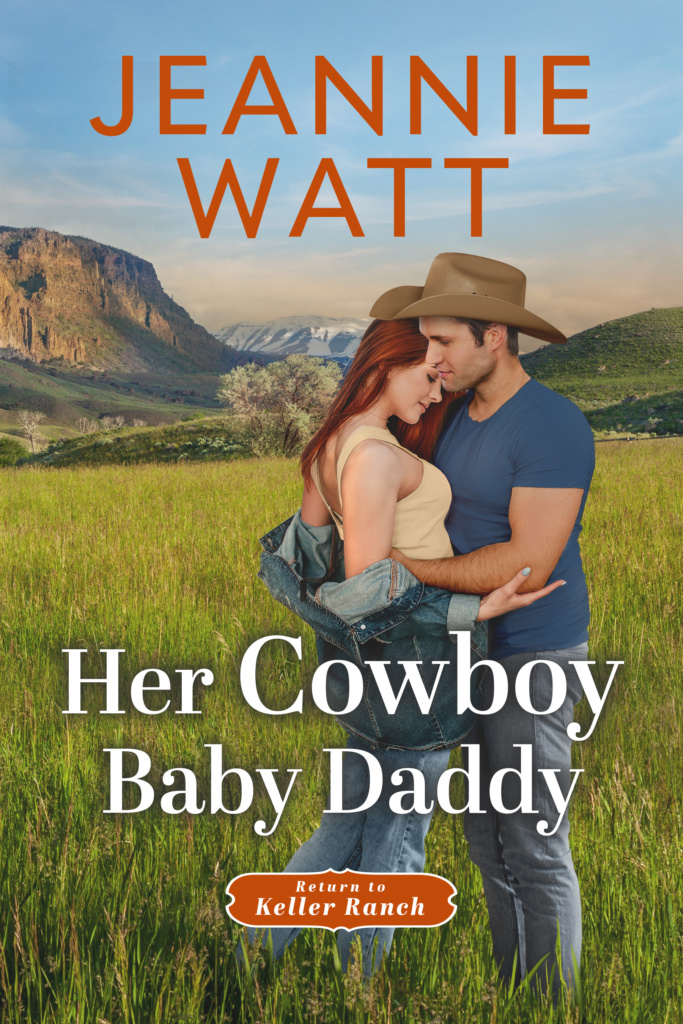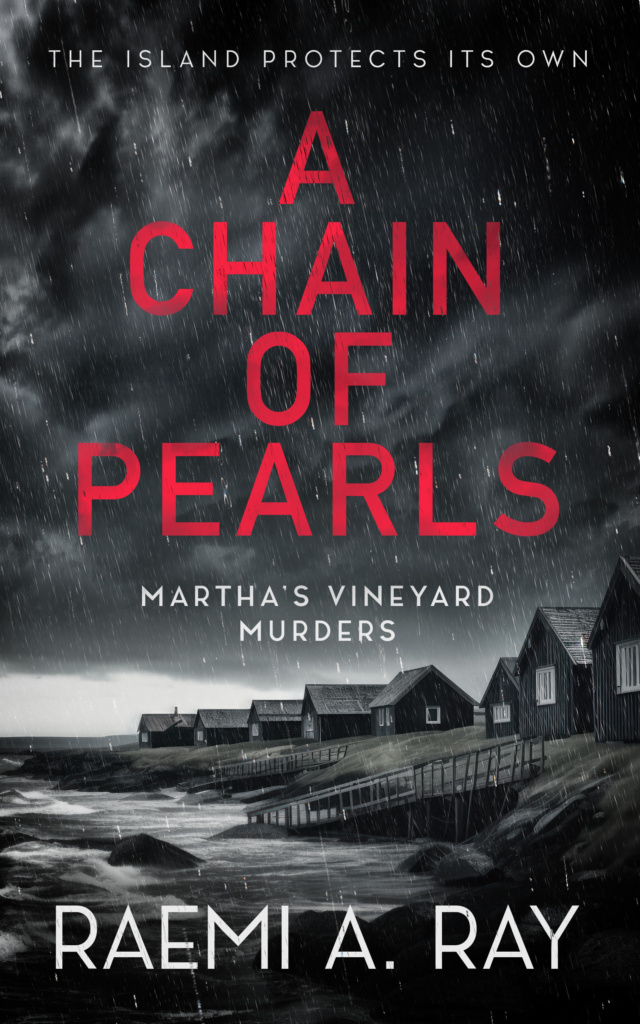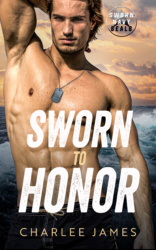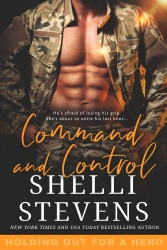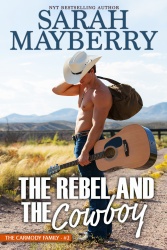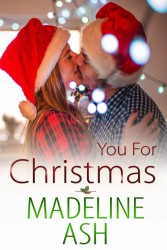Your immersion in nerd culture through your sons has clearly influenced your writing. How do elements of Marvel, DC, Dr. Who, and other franchises find their way into your books? In book 3 of my series, Detective AJ Lewis heads to Emerald City Comic Con. He and his buddies dress as Star Wars characters and geek out over their photo op with Ewan McGregror. AJ also keeps Star Wars action figures on his desk, as well as a Boba Fett bobblehead, frequently tapped for luck as he works. In every book he and his pals discuss comic books and new Marvel releases, Spiderman features in book one with commentary about the Multiverse. References to Dr. Who come up in all the books, too. I’ve included all of my boys’ faves, even Naruto gets included!
You’ve written rom-coms and a trilogy based on your experience tending bar on the Wolf River. How do these different genres and personal experiences shape your storytelling? I never set out to write in a genre, but my writing has definitely landed within them. A subconscious decision? With my rom-coms, once I realized my writing fit those genres, I tweaked the stories to better effect.
While every fiction writer is literally making it up as they go, I find it’s easier if I can include elements of what I know. My personal experiences season what I invent in my imagination, they inform characters and situations and help me include better details in my writing.
As I wrote Old Habits Die Hard, I didn’t actually know a murderer, but I take notes every time I visit my 95-year-old friend who lives in assisted living. I use her gripes and my observations of people’s behavior in the lobby and elevator to shape what life might look like in the Abbey.
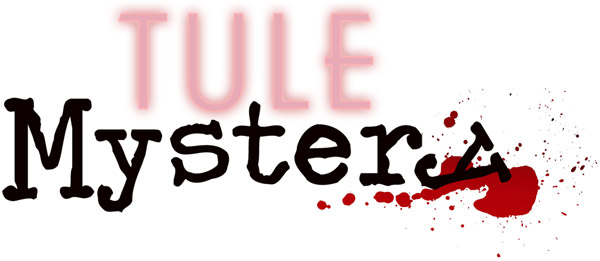 Writing murder mysteries was a childhood dream of yours. What sparked this interest, and how did you transition into this genre? I loved READING murder mysteries, which made me want to write them. I did make a few attempts early on, but without success. During COVID a dear friend and former writing partner was diagnosed with vascular dementia and moved to a memory care facility. Mariana wrote murder mysteries. Another writing partner and I went to visit Mariana and she wanted to work on the groundwork for this story. We helped organize her ideas for characters, setting, and plot, and left thinking how great the concept was but Mariana wasn’t able to develop it beyond the pitch. A year later I found myself between projects and I picked up those old notes. My plan was to noodle around with it, see if I could pull the notes together and make a short story, maybe a book out of it, for Mariana. Next thing I knew, I’d written 30,000 words and was going strong. Turns out writing a murder mystery is MUCH easier if you work out a few details in advance, ha ha!
Writing murder mysteries was a childhood dream of yours. What sparked this interest, and how did you transition into this genre? I loved READING murder mysteries, which made me want to write them. I did make a few attempts early on, but without success. During COVID a dear friend and former writing partner was diagnosed with vascular dementia and moved to a memory care facility. Mariana wrote murder mysteries. Another writing partner and I went to visit Mariana and she wanted to work on the groundwork for this story. We helped organize her ideas for characters, setting, and plot, and left thinking how great the concept was but Mariana wasn’t able to develop it beyond the pitch. A year later I found myself between projects and I picked up those old notes. My plan was to noodle around with it, see if I could pull the notes together and make a short story, maybe a book out of it, for Mariana. Next thing I knew, I’d written 30,000 words and was going strong. Turns out writing a murder mystery is MUCH easier if you work out a few details in advance, ha ha!
After writing Old Habits Die Hard, I learned it needed to be a series, so I got cracking on the next two cases. Now I find myself constantly wondering what could kill a person, how and why and who and where. I’m always thinking of what troubles could plague people living in senior apartments. It’s quite addicting once you start! You start looking for material everywhere!
Your books blend humor and nerd culture while tackling serious themes. How do you balance these elements to create engaging and thought-provoking stories? I believe levity helps readers digest the heavy stuff. I feel compelled to include the serious themes because I want readers to think about bigger issues that transcend a single story. Domestic abuse, urban sprawl, violence against women, human impact on the environment are real and people need to pay attention and take action to improve the world we share. “Know better, do better,” right? And we all experience these problems, so readers can relate to them when they’re included in fiction. Once I tried to write a straight-up tragic story. On the River involves domestic abuse and violence and I took that challenge very seriously. However hard I tried, though, the book wasn’t coming together, something was missing. It took a while for me to realize in my commitment to telling the tragic storyline, I’d left Maw Cooper, my crazy bait shop owner, out of the story. His storylines always brought a lot of humor to the table. I added him in and to my surprise everything came together better after I did that—the pacing, the tone, even the opportunities for other characters to engage with one another as they bore witness to Joanne’s situation and reacted to it. The humorous sections didn’t diminish the storyline about domestic violence, but Maw’s storyline gave the book balance so the reader could catch their breath and process what Joanne’s character endured. It boils down to what you want to achieve with your readers and what you want them to walk away knowing after they’ve read your book, and part of what they know stems from how they feel while they read your book. I try to consider these questions with each story I write.
In my murder mysteries I’ve included issues like aging, accessible housing, gentrification, and addiction.
How has your experience of marriage and motherhood, especially with three sons, influenced the characters and plots in your novels? My characters get into some zany situations and they have NOTHING on some of the crazy things I’ve experienced with my family. Team Testosterone has taught me patience and acceptance. Knowing these guys helps me add dimension to my male characters and make them more authentic. The boys will take any dare, accept any challenge, and I appreciate their creativity and their humor. I’ve written characters with those qualities and included some of Team Testosterone’s experiences in my books because I find them so entertaining. They’re also huge in developing AJ’s backstory in Old Habits Die Hard. AJ is really based on my oldest son in so many ways.
 As someone who loves the outdoors, do you find that nature and your outdoor activities inspire your writing? If so, how? Every book I’ve written includes a natural setting. We all need a little fresh air and time outside near trees and birds to get our heads and hearts straight. I’m glad to put Bernie in the courtyard of the Abbey so she can tip her head back and stargaze, or place AJ in Alton Baker Park watching the squirrels. I’d like to bring these characters deeper into the wilderness sometime. Maybe in a future book? The woods can conceal all kinds of secrets…
As someone who loves the outdoors, do you find that nature and your outdoor activities inspire your writing? If so, how? Every book I’ve written includes a natural setting. We all need a little fresh air and time outside near trees and birds to get our heads and hearts straight. I’m glad to put Bernie in the courtyard of the Abbey so she can tip her head back and stargaze, or place AJ in Alton Baker Park watching the squirrels. I’d like to bring these characters deeper into the wilderness sometime. Maybe in a future book? The woods can conceal all kinds of secrets…
Your passions include hiking, swimming, biking, and reading. Do any of these hobbies feature prominently in your characters’ lives or plotlines? Not really in this new series, and I’m wondering why not now!
Can you share a bit about your process for developing a murder mystery? How do you come up with the “whodunnit” and the intricacies of the plot? For me the trick is to first identify WHO dies, WHO kills them, and WHY. The HOW comes next. The other challenge in my series is involving both a detective and an amateur sleuth in solving the crime. Sister Bernie needs a plausible reason to get involved and she needs to access some clues to help solve the murder, so positioning her in the story is a huge consideration. She’s an 80-year-old nun, so the options get limited after a point. After I’ve written a chunk of the book (80-ish pages), my writing partners read it and speculate. I take notes on their questions and ideas because that gives me suggestions on red herrings to include, suspects I could elevate in the story, and how their deductions shape up against what I’ve planned for the book. My writing partners, Lauren Small and MK Graff are invaluable in the process.
What has been the most rewarding piece of feedback you’ve received from a reader, and how did it impact your writing? When my first book, Whipped, Not Beaten, came out, my husband’s co-worker gave the book to her mother as a gift. Her mother called her from vacation and she asked how she liked my book. “I haven’t had a chance to read it yet, your dad won’t put it down.” Turned out HE really enjoyed my rom-com novel, too! Learning that my writing had appeal to a range of readers gave me validation and built up my confidence that I can write for a wider audience. The idea of a man in his seventies reading my book on the beach told me I can hold ANYONE’S attention!
What advice would you give to aspiring authors who want to blend humor, nerd culture, and serious themes in their writing? Do it. Nerd culture is underrepresented in adult fiction and genre fiction. If there’s a following for Spiderman fans or Star Wars fans, they’ll love seeing themselves and their passion portrayed in your story. Of course, it helps a lot if you’re a nerd or have nerds in your life who will educate you on the finer details about those worlds. Don’t be afraid to be funny, but don’t force it either. Humor stems from incongruities, so if you can mine for those, you’ll have success injecting humor in your writing. And as far as serious themes go, if an event or issue is playing out in your neighborhood, chances are other people are experiencing a similar situation where they live. They’ll appreciate seeing their lives represented in your story. If your characters are actively involved in solving their community’s problems, even better, because you’ve given readers a blueprint of how to respond and a model for change. Complaining about problems is cheap, and everyone can gripe about what’s wrong in the world. Getting involved in solving problems has great value, and if I can write characters who encourage people to behave productively in their communities, that’s a sweet victory.
BONUS: What is one book that you would consider to be your comfort read that you will always reach for? Little Women by Louisa May Alcott is like going home. Wherever I open to, it’s familiar, like looking at the family photo album.



